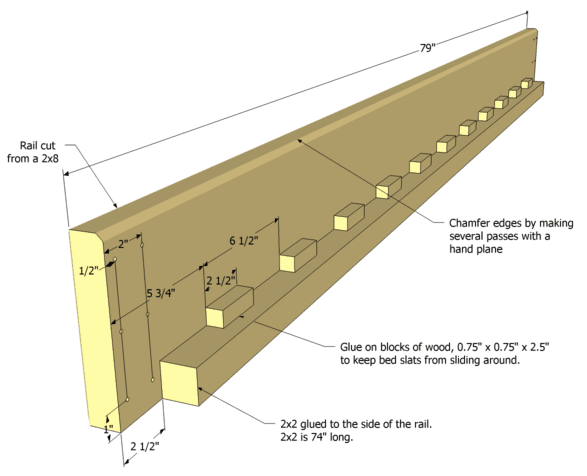

Consider using it on an existing bed frame, such as a metal frame without slats, or any bed frame that you feel is not supportive or breathable enough. Manufactured using low-VOC (volatile organic compounds), the half-inch plywood support allows for airflow under your mattress, as well as even and continuous support. Plywood supports are solid wooden platforms with holes in them for breathability.

The Coconut Coir Bed Rug is a natural way to improve air flow under your mattress. Offer accessibility to those who may have difficulty getting onto a higher bed.Increase the longevity of your mattress.Additional benefits of the low-profile foundations are that they: These mattress foundations are simply a solid box-like frame, with or without feet, that supports your mattress and raises it to an appropriate height off the floor. Low profile mattress foundations are made from strong wood (or metal) and covered in breathable organic fabric. Low-profile FoundationsĪ low-profile foundation can provide the support needed while only being about half as high as a traditional box spring. Platform beds utilize properly spaced slats – each two to three inches apart - to ensure that your mattress breathes, prolonging its life for years to come. No box spring is needed with a platform bed. Platform Beds: Modern-Looking Box Spring AlternativesĪ platform bed, also known as a cabin bed, consists of a raised, level, typically rectangular, horizontal solid frame with rows of flexible wooden slats meant to support just a mattress. There are a number of alternatives to a box spring. Today’s innerspring mattresses are manufactured with multiple layers and do not require a box spring for optimal support.

Innerspring mattresses were made with few or no extra layers for support. Box springs were necessary then because mattresses had much thinner profiles and were primarily innerspring designs. Alternatives to traditional box springs are an important component of natural and healthy sleep solutions.īox springs were first introduced at the end of the 19 th century when they were designed to help absorb impact and reduce wear and tear on the mattress.


 0 kommentar(er)
0 kommentar(er)
